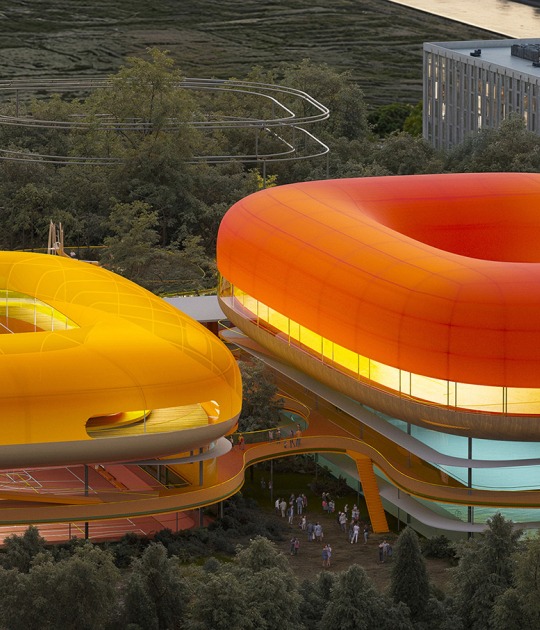Harvard University Graduate School of Design (GSD) ha anunciado los ganadores de las Becas 2017 Richard Rogers Fellowship:
Namik Mackic (Oslo)
The Return of the Group Form: A Comparative Speculation on Radical Urban Regeneration in London and Berlin
Maik Novotny (Viena)
The State of the Estate: A Tale of Two Cities
José Castillo (Ciudad de México)
On Food, Cooking, and the City: Learning From London
Saidee Springall (Ciudad de México)
London and the Challenges of Affordable Housing
Shantel Blakely (Cambridge)
Pattern Informed by Sensibility: Herbert Read on Art and Design
Dirk van den Heuvel (Ámsterdam)
Socio-Plastics: Resituating New Brutalism and the British Welfare State
Las Richard Rogers Fellowship es un nuevo programa de residencia organizado en la casa de Wimbledon, la residencia señalizada diseñada por el aclamado arquitecto Lord Richard Rogers para sus padres a finales de 1960. Lord Richard y Lady Ruth Rogers generosamente dieron la casa a Harvard GSD para crear el programa, una plataforma internacional que reunirá a expertos y profesionales de una amplia gama de disciplinas y cuyo trabajo se centra en el entorno construido y su capacidad para avanzar en la calidad De la vida humana. En el otoño de 2016, Harvard GSD emitió una convocatoria de solicitudes para el primer año del programa de tres meses de residencia.
La primera selección de becarios - que proceden de Austria, México, Holanda, Noruega y Estados Unidos - fue seleccionada entre más de 200 solicitantes de todo el mundo. "El espíritu de la Comunidad tiene por objeto llevar adelante y expandir el profundo compromiso de Lord Rogers con las ciudades no como fines en sí mismas, sino como un medio fundamental para mejorar la vida humana", dijo Mohsen Mostafavi, Dean y Alexander y Victoria Wiley. Diseño en Harvard GSD. "En la GSD, nuestro trabajo se organiza en torno a los asuntos urgentes que las ciudades enfrentan a nivel mundial, un enfoque pedagógico que requiere exploración y colaboración a través de líneas disciplinarias. Estamos muy afortunados y emocionados por esta oportunidad de apoyar, aprender y promover la investigación interdisciplinaria a nivel internacional, en el contexto de la próspera arquitectura de Londres, el diseño, las comunidades de arte y los vastos recursos institucionales ".
La Beca Richard Rogers re-activa la histórica Casa de Wimbledon de Rogers como un sitio de investigación colaborativa para investigadores y practicantes en temas que han sido centrales en la vida y carrera de Rogers, incluyendo cuestiones de urbanismo, sostenibilidad y cómo las personas usan las ciudades. Los proyectos que los seis becarios inaugurales traerán a la casa este año incluyen exámenes de viviendas públicas y asequibles; Cómo los alimentos y la cocina transforman las ciudades; Y las iniciativas ciudadanas de regeneración urbana.
El comité de selección de las Becas de 2017 ha estado formado por: Richard Burdett, Professor of Urban Studies at London School of Economics and director of LSE’s Cities and the Urban Age program; Ivan Harbour, architect and senior partner at Rogers Stirk Harbour + Partners; K. Michael Hays, Eliot Noyes Professor of Architectural Theory, Associate Dean for Academic Affairs, Interim Chair of the Department of Architecture at Harvard GSD; Hanif Kara, Professor in Practice of Architectural Technology at Harvard GSD; Mohsen Mostafavi, Dean and Alexander and Victoria Wiley Professor of Design at Harvard GSD; Farshid Moussavi, Professor in Practice of Architecture at Harvard GSD; Patricia Roberts, Executive Dean at Harvard GSD; and Lord Richard Rogers. (Full juror biographies appear on the website RichardRogersFellowship.org.)





























